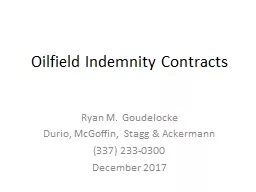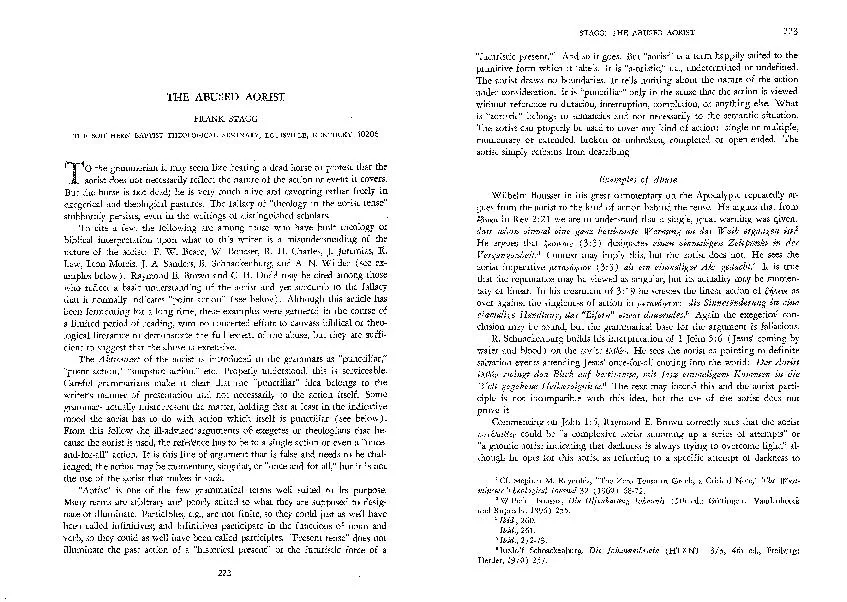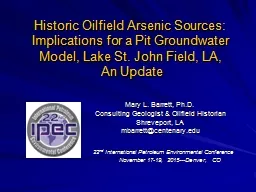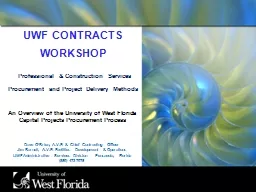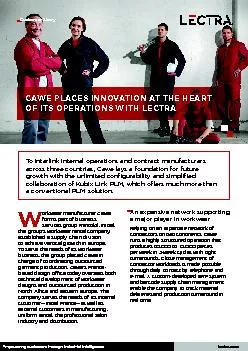PPT-Oilfield Indemnity Contracts Ryan M. Goudelocke Durio, McGoffin, Stagg & Ackermann
Author : stefany-barnette | Published Date : 2019-10-31
Oilfield Indemnity Contracts Ryan M Goudelocke Durio McGoffin Stagg amp Ackermann 337 2330300 December 2017 MSAs generally Who are we talking about Operators Contractors
Presentation Embed Code
Download Presentation
Download Presentation The PPT/PDF document "Oilfield Indemnity Contracts Ryan M. Gou..." is the property of its rightful owner. Permission is granted to download and print the materials on this website for personal, non-commercial use only, and to display it on your personal computer provided you do not modify the materials and that you retain all copyright notices contained in the materials. By downloading content from our website, you accept the terms of this agreement.
Oilfield Indemnity Contracts Ryan M. Goudelocke Durio, McGoffin, Stagg & Ackermann: Transcript
Download Rules Of Document
"Oilfield Indemnity Contracts Ryan M. Goudelocke Durio, McGoffin, Stagg & Ackermann"The content belongs to its owner. You may download and print it for personal use, without modification, and keep all copyright notices. By downloading, you agree to these terms.
Related Documents

